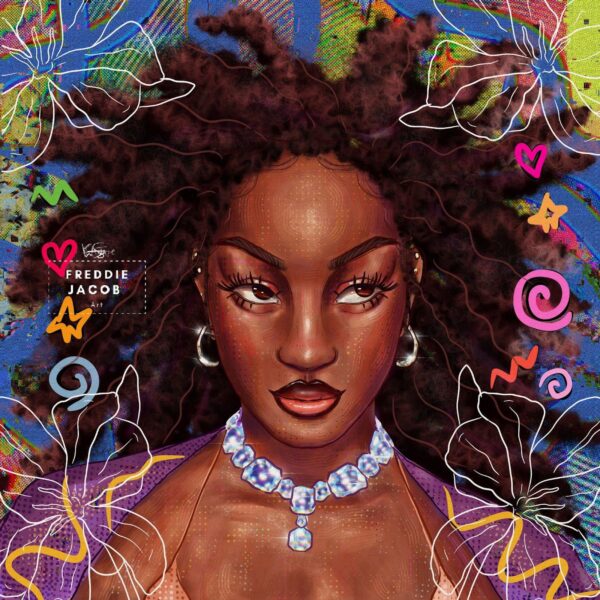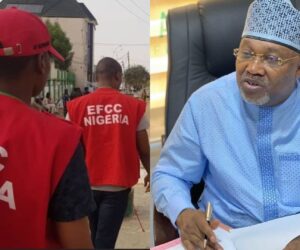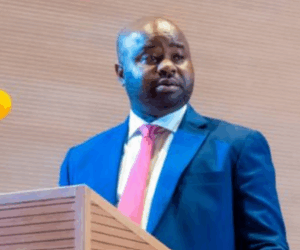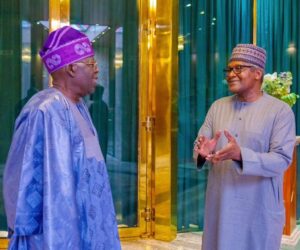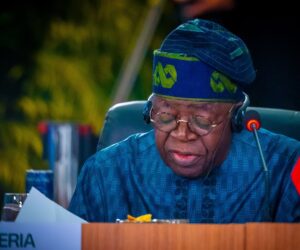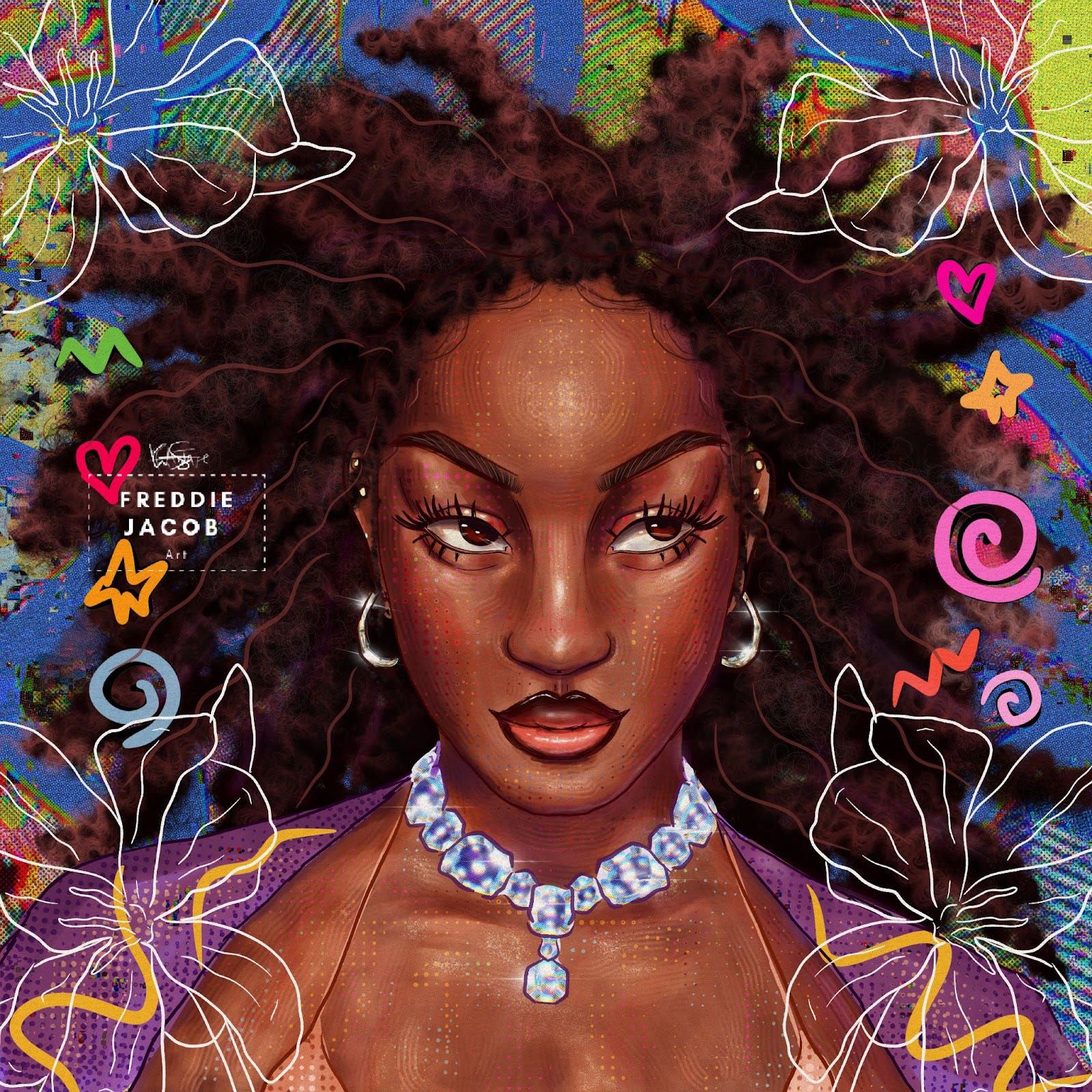
In a world where artificial intelligence can remix, reimagine, and regenerate almost anything, the question of originality has become more pressing than ever. Gone are the days when the idea of an “original image” meant something created from scratch, a product of pure imagination and human touch. Today, tools like Midjourney, DALL·E, and Runway are blurring the boundaries between imitation and innovation.
From digital paintings to AI-enhanced photography, we are now witnessing the death of the original image as we once knew it. The rise of AI-generated art has changed how we create, consume, and even define creativity.
But is originality really dead, or simply evolving?
AI and the Art of Remixing Creativity
Artificial intelligence has become the ultimate remix artist. Platforms like Adobe Firefly, Stable Diffusion, and OpenAI’s DALL·E don’t just create; they learn from millions of existing artworks and photographs. They remix colours, styles, textures, and themes to produce something “new,” yet built on the foundation of what already exists.
For artists, this raises a critical question: if an AI system draws inspiration from someone else’s work, can its output truly be called original?
The article “Is art generated by artificial intelligence real art?” from the Harvard Gazette examines how AI-image generators, such as DALL·E 2 and Midjourney, are challenging traditional notions of originality and emotional depth in art.
The piece profiles creators—a writer, animator, architect, musician, and mixed-media artist —who reflect on how AI can mimic style and technique but often lacks the unique personal experience, emotional resonance, and human insight that define much of artistic expression.
It also highlights a central concern for photography and visual arts: that even though AI-generated works may look technically impressive, they often fail to convey the spontaneity of human creation or the lived experience behind the image.
For Nigerian creators and photographers, this raises a pressing question: when AI can replicate aesthetic and style, what remains of human originality and cultural authenticity in art?
Many creators now describe AI art as derivative creativity, innovation built on existing material. Nigerian digital artists, too, are navigating this new terrain. Some see AI as a partner in visual storytelling, while others view it as a threat to authentic artistic expression.
Photography in the Age of AI
Photography, once a documentation of truth, has entered a new phase. With advanced editing tools and AI-enhancement features on smartphones and software like Photoshop’s “Generative Fill,” even photographs are now open to manipulation.
In 2025, the distinction between a captured moment and a created moment has almost disappeared. An image might appear to be a photograph, but it could have been entirely generated by artificial intelligence.
Consider the rise of AI-generated portrait images, image manipulation tools, and image generation tools like Gemini on social media. People now upload selfies only to receive stylised, cinematic portraits that were never actually taken. This trend has made it difficult to tell where reality ends and digital imagination begins.
For photojournalists and documentary photographers, this is a serious concern. Authenticity has always been at the heart of their work. But when AI can fabricate realistic scenes, how do audiences know what’s genuine anymore?
The Copyright and Ownership Dilemma
As AI-generated images flood online platforms, questions around copyright have become increasingly complex. Who owns an AI-generated image: the user who typed the prompt, the company that built the AI, or the artists whose works trained the system?
Legal frameworks are still catching up. In 2024, several high-profile cases emerged in the United States and Europe where artists sued AI companies for allegedly scraping their work without consent. For instance, Getty Images filed a lawsuit against Stability AI for allegedly using over 12 million copyrighted images to train its model without permission and lost.
Similarly, a group of visual artists filed a class-action lawsuit against Midjourney, DeviantArt, and Stability AI in the U.S., accusing them of “mass infringement” through data scraping.
Additionally, in 2023, Boris Eldagsen rejected the First-place prize he was awarded because his images were generated using AI. The World Photographer Organisation said it expected images to include elements of AI, but he misled them about the extent to which it would be used, and that the awards are for championing photographers.
Other artists also argued that the images by Boris undermine the skills of photographers, painters, and others.
This award-winning "photographer" has generated anger because it was created with AI image generation technology 👇 pic.twitter.com/w1M6hpxMr2
— Al Jazeera English (@AJEnglish) April 23, 2023
Nigeria’s growing creative industry, comprising illustrators and photographers, has also begun grappling with these concerns. Many argue that if AI tools rely heavily on existing data, some of it copyrighted, the term “original” becomes increasingly questionable.

